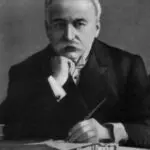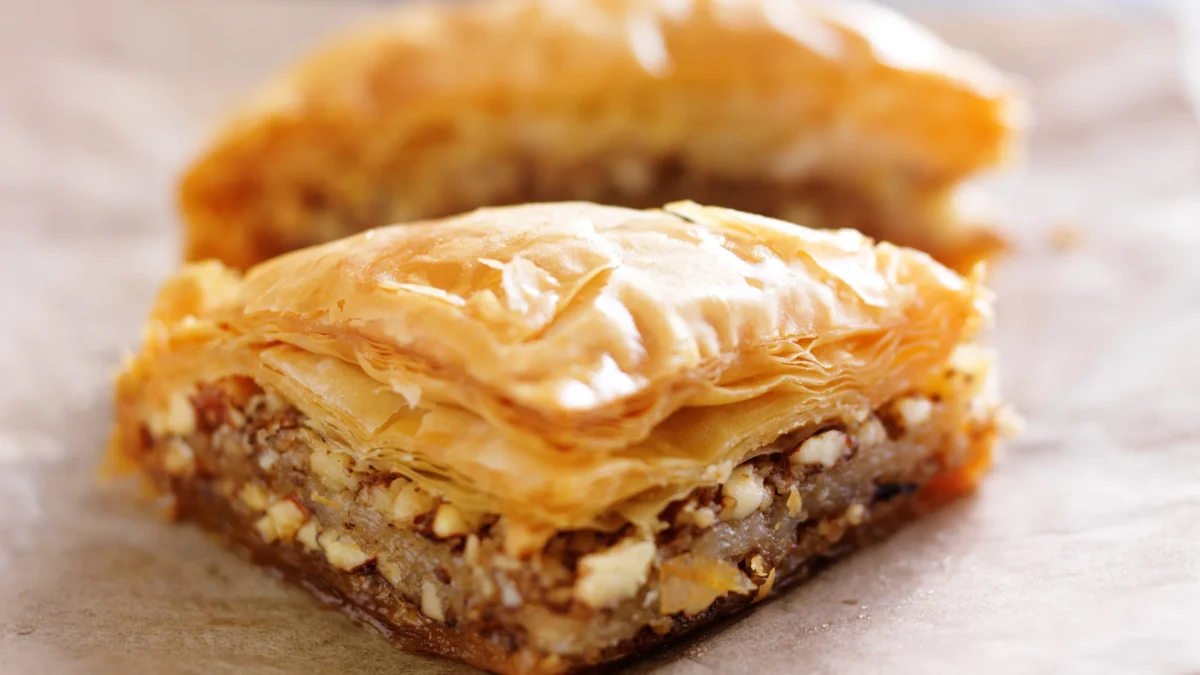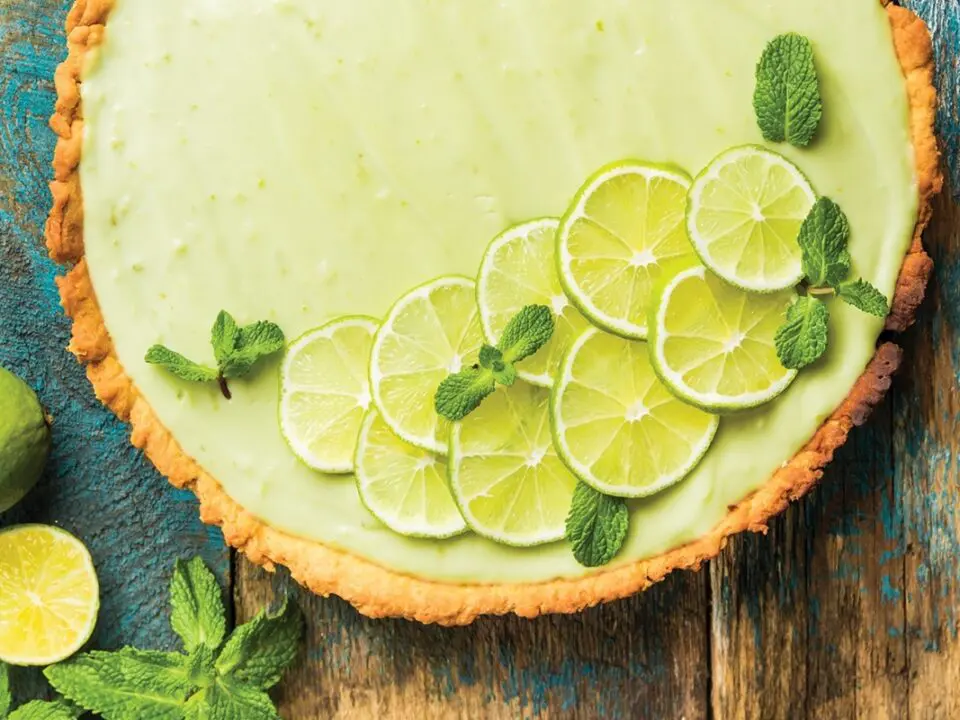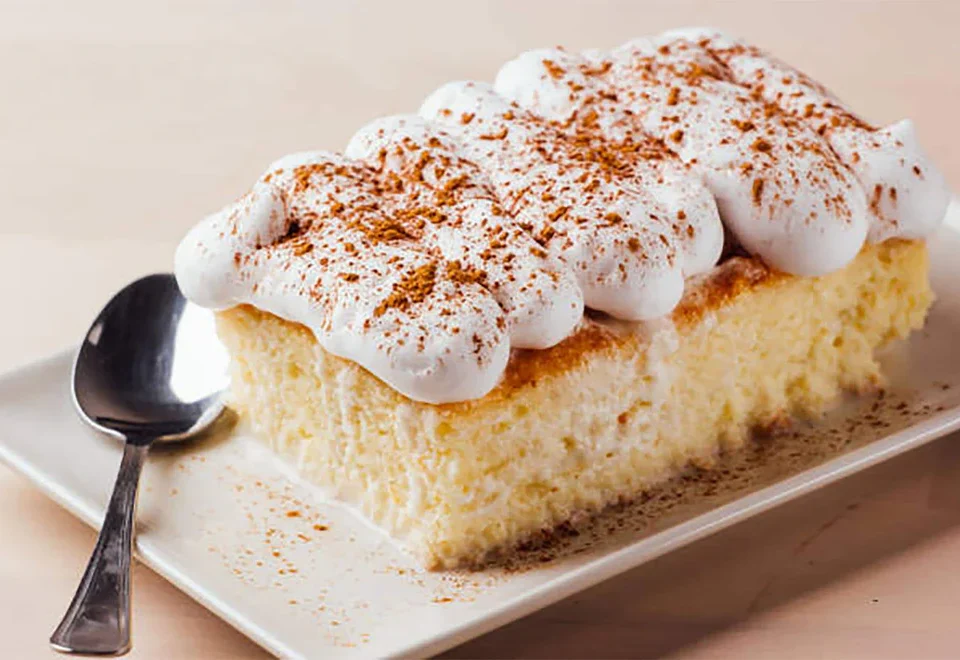
Pastry Brush (Natural Bristle or Silicone)
August 11, 2025
Auguste Escoffier
August 11, 2025A Sweet History, Worldwide Adaptations, and Serving Ideas
Imagine a dessert so delicately layered yet decadent in story—it’s baklava. Let’s explore where it began, how it became beloved, how different places made it their own, and how I love to serve it.
Where Did Baklava Begin—and Who Crafted It?
Baklava didn’t spring from one inventor or place. Instead, it unfolded over centuries. The earliest forms are thought to date back to the Assyrian Empire around the 8th century BCE—thin flatbreads filled with nuts, a predecessor to what we know today. Later, similar layered pastries appeared in ancient Rome.
The baklava we recognise truly took shape under the Ottoman Empire, where palace kitchens refined it into a festive pastry. It was often gifted to elite soldiers or served during religious occasions.
Still today, baklava’s actual birthplace—whether Turkey, Greece, or somewhere in between—is a matter of pride and debate.
Why Is Baklava So Beloved in Its Community?
The appeal of baklava goes beyond its sweetness; it’s a symbol deeply rooted in culture. The intricate process of creating its many thin layers, the use of fine nuts, fragrant syrups, and the time it takes to prepare, all contribute to its significance. Offering baklava has long been a way to honour guests or mark a special day. It’s tied to hospitality, religious festivals such as Ramadan, Easter, and Lent, and family traditions passed down through generations.
Today, it remains a cultural anchor in homes and bakeries from Istanbul to Sydney.
Adaptations Around the World
Every region has taken baklava and made it their own. Here’s a quick world tour of some of the most beloved versions:
- Turkish Gaziantep baklava – pistachio-rich, buttery, and protected as a geographical speciality.
- Greek style – often made with walnuts and honey, and sometimes symbolically cut into 33 layers for the years of Christ’s life.
- Armenian pakhlava – layers of cinnamon-spiced walnuts with a syrup of cloves and lemon, topped with nut halves and shaped into diamonds.
- Iranian baklava – softer in texture, using saffron, rosewater-scented syrups, and almond or pistachio fillings.
- Algerian baklawa – made with delicate warqa pastry and orange blossom water, often prepared for celebrations.
- Levantine baklava – commonly uses walnuts, with syrup scented with rosewater.
These variations show how the same idea can reflect local tastes, ingredients, and history.
Variations and Accompaniments I Love
- Spice plays a significant role – Many baklavas include cinnamon, cardamom, or cloves in the nuts or syrup.
- Syrup flavours – Honey, sugar syrup, rosewater, orange blossom, or citrus juice, depending on tradition.
- Serving with – A dollop of kaymak (Turkish clotted cream), a scoop of ice cream, or alongside Turkish tea or coffee to balance the sweetness.
- Modern spins – Baklava ice cream, cookies, and even cocktails. Creative versions use scraps to top yoghurt or crumble into granola
Frequently Asked Questions – Baklava
1. Who invented baklava?
Baklava’s origins are shared between several cultures. Early versions appeared in the Assyrian Empire, but the layered, syrup-soaked pastry we know today was perfected in the kitchens of the Ottoman Empire.
2. Why is baklava important in Middle Eastern and Mediterranean culture?
Baklava is often associated with hospitality, celebration, and religious festivals. It’s served during occasions like Ramadan, Easter, and weddings as a gesture of generosity and respect.
3. What nuts are best for baklava?
Traditional baklava uses pistachios, walnuts, or almonds, depending on the region. Some recipes blend nuts for a richer flavour.
4. What are the main differences between Greek and Turkish baklava?
Greek baklava often uses walnuts and honey, while Turkish baklava is typically made with pistachios and a lighter sugar syrup.
5. How should baklava be served?
It’s best served at room temperature with coffee, tea, or clotted cream. Some enjoy it warm with a scoop of ice cream for a modern twist.



